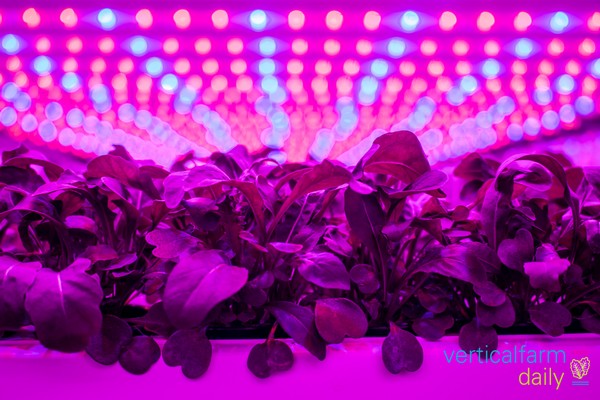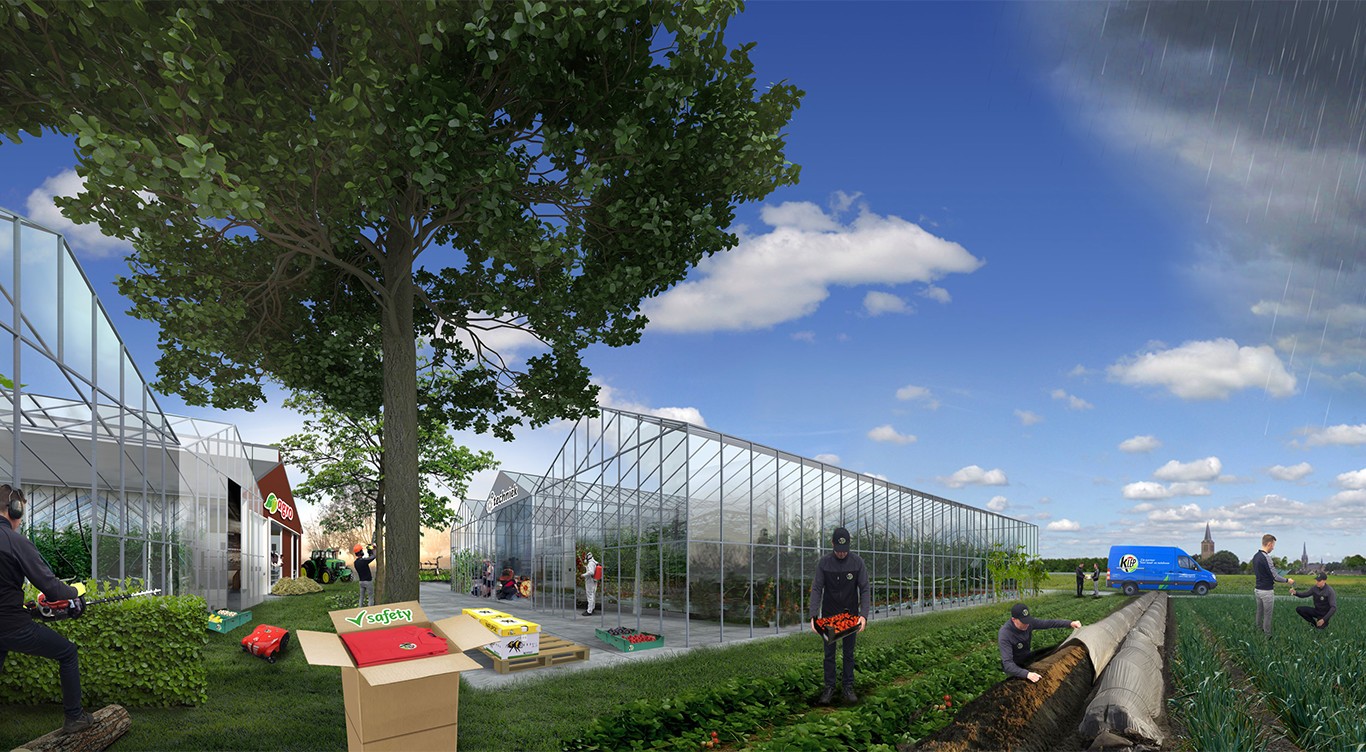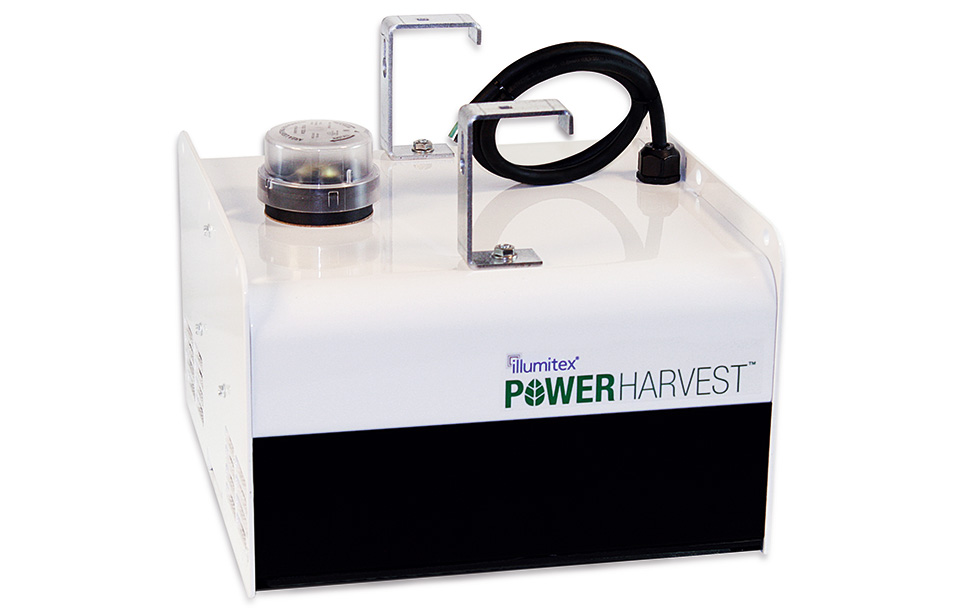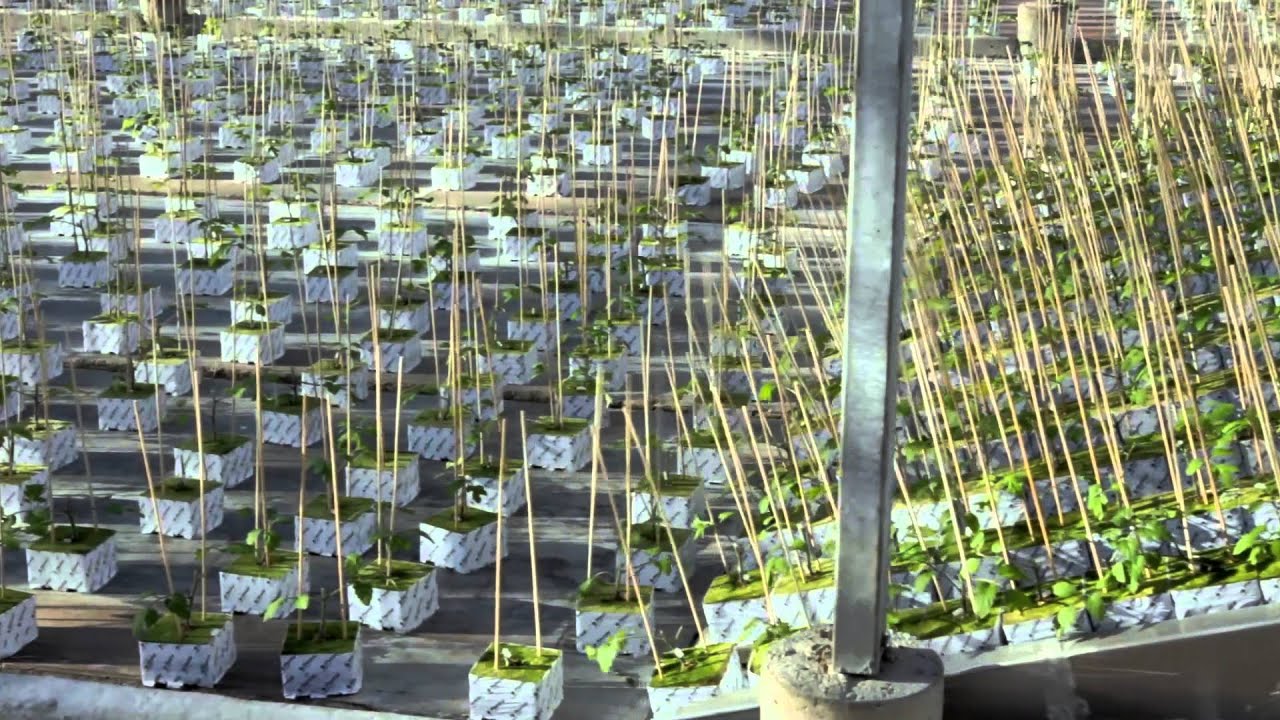The development of CEA is growing at an exponential rate, further fuelled by the pandemic which has brought a renewed focus on food security and has served as a stark reminder of the threats to the global food system. Light Science Technologies is looking at some of the trends to watch out for in indoor farming in the years to come.
Strawberries and indoor growing
Vertical farming’s potential as we know is fast evolving, and growers are now looking to expand their crop portfolio beyond leafy greens and micro herbs. Lately, there has been a lot of excitement being made around high-quality strawberry production, with some producers also growing their own novel varieties to stand out from the crowd. Plenty, one of the US’s largest vertical farming businesses has recently signed a major contract to grow strawberries at its Wyoming vertical farm.
Vertical farming suits the production of these juicy red beauties because growing vertically allows for easier harvesting and helps prevent damage to the fruit. This overcomes the challenge of issues caused by growing on the ground such as pests, fungal diseases, and weeds. The feats of indoor farming also mean that consumers don’t have to wait until summer to grab their strawberries and they can be eaten all year round, still packed with the same freshness and flavor. In fact, being able to grow them locally and in a controlled environment equates to better quality strawberries with a longer shelf-life, providing a good profit opportunity for sellers with a relatively high price point when compared to other products grown in an indoor environment.
A smarter way of farming?
Automation is playing an increasing role across all industries, and vertical farming is no exception. Aimed at improving efficiencies can be no bad thing for this form of intensive agriculture, but will it pay off? Factors such as high costs and new technologies which will only further evolve need to be considered. Does robotics innovation in vertical farming mean different types of jobs or a more skilled workforce? Only time will tell.
Alternative crops
As interest in CEA gains more momentum, so the potential has opened up for other types of crops grown in a closed environment. Several commercial growers have scaled up recently to produce a variety of specialty crops – classed as ‘novel farming’ – as a way of growing new, unusual or underutilized plants to target niche markets, gain economic benefits and enter mainstream agriculture. Increased engagement with specialty crops can also contribute significantly to an enhanced level of crop diversity, which is important to support a sustainable, healthy agrifood system.
Typical examples include tomatoes, melons, peppers, and cucumbers, while others are eyeing opportunity with spirula and mushrooms. Mealworms are also becoming a viable option for indoor farming, as an alternative for protein and other functional nutrient resources for both humans and animals.
The UK’s geographical location also places it at an advantage in terms of crop diversification. Its landscape and access to seawater translate to an opportunity to develop specialty crop farming, which is already being tapped into. The University of Plymouth has conducted research on the added value of extracts from Cornish seaweeds and native plants for anti-aging and UVB protection properties, but seaweed is also a valuable and nutritional food source.
Floating farms
When it comes to agriculture in built-up urban areas, finding open space is a challenge and even more so as we build on what little space is left. Taking farming to the waters might not seem an obvious choice, but this eco-concept ticks all the boxes – significantly reduced food miles, less pollution caused by the transportation of food, preservation of arable land, local organic food sourcing, self-sufficiency and sustainability.
Could 300-acre hydro-solar farms shape the future of food production?
Singapore, the world’s largest urban agricultural specialist vertical farming is nothing new to Singapore; its first vertical farm was in 2012 and since then many more have shot up producing vegetables, fish, crab, and shrimp. In a country where land is scarce and with over 90% of food imported, this growth shows no signs of abating as the farms not only optimize land use but can operate on minimal manpower, while creating lucrative businesses.
In fact, since the Government launched the Sustainable Singapore Blueprint in 2015, indoor farming’s popularity in Singapore has rocketed. The objective is to develop 200ha of high-rise greenery by 2050, incentivize developers to include urban farms in their developments, integrate farming in mixed-use districts, and encourage the adoption of technologically advanced infrastructure and smart systems. This has led them to have the best funding and planning in the sector.
New funding options for CEA start-ups
Investment is key if we want to hasten much-needed change as well as support research and innovation to create a thriving indoor farming industry. If we look at the bigger picture, funding is crucial to driving forward the central objective of indoor farming: to disrupt the current food system and enable people to grow more with less.
A new wave of investment and crowdfunding platforms is providing start-ups with alternative access to capital. With tech proving a hotbed of investment, more initiatives such as Innovate UK are needed to help AgriTech entrepreneurs build innovative, viable, and scalable businesses.
For more information:
Light Science Technologies
claire.brown@lightsciencetech.com
www.lightsciencetech.com











